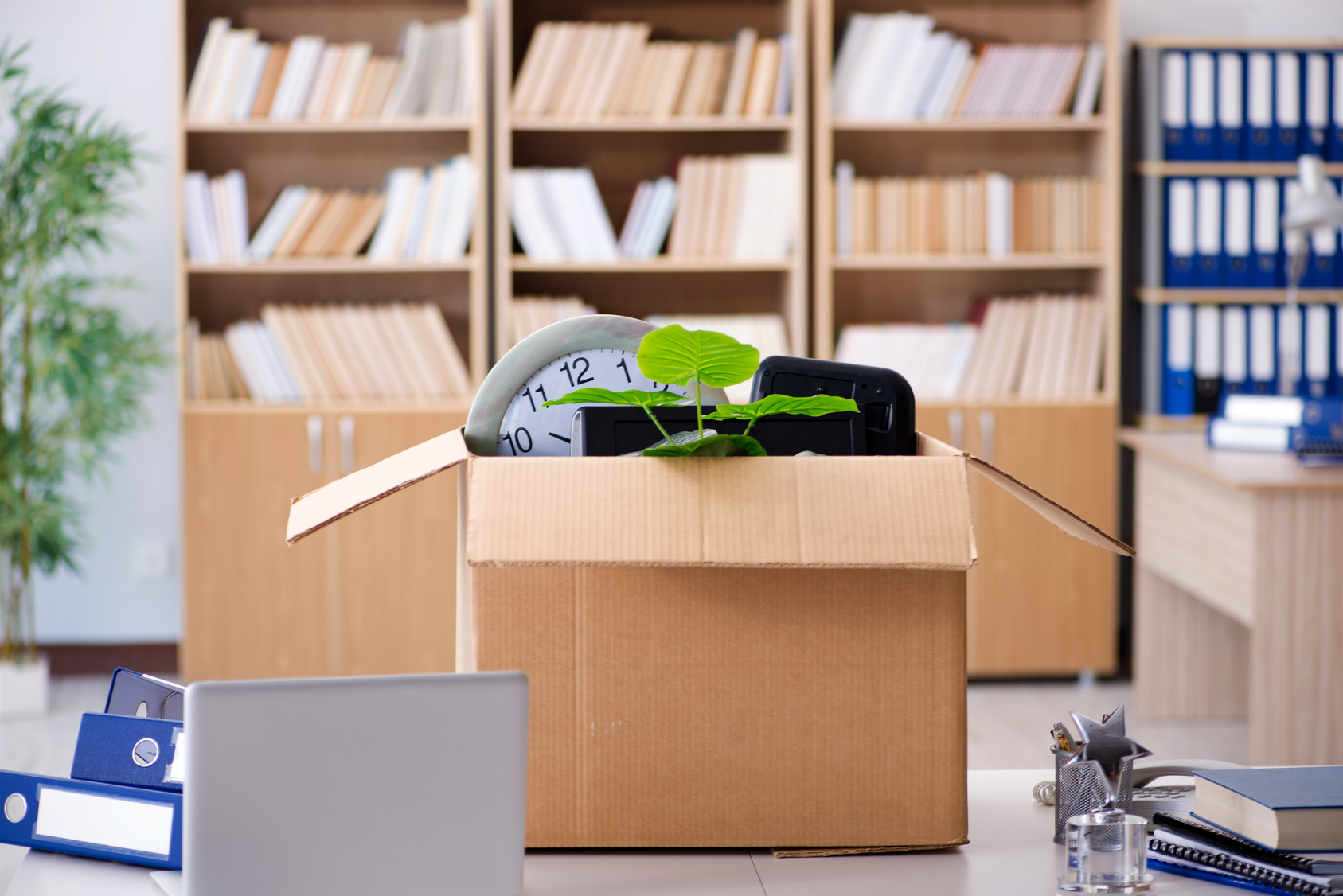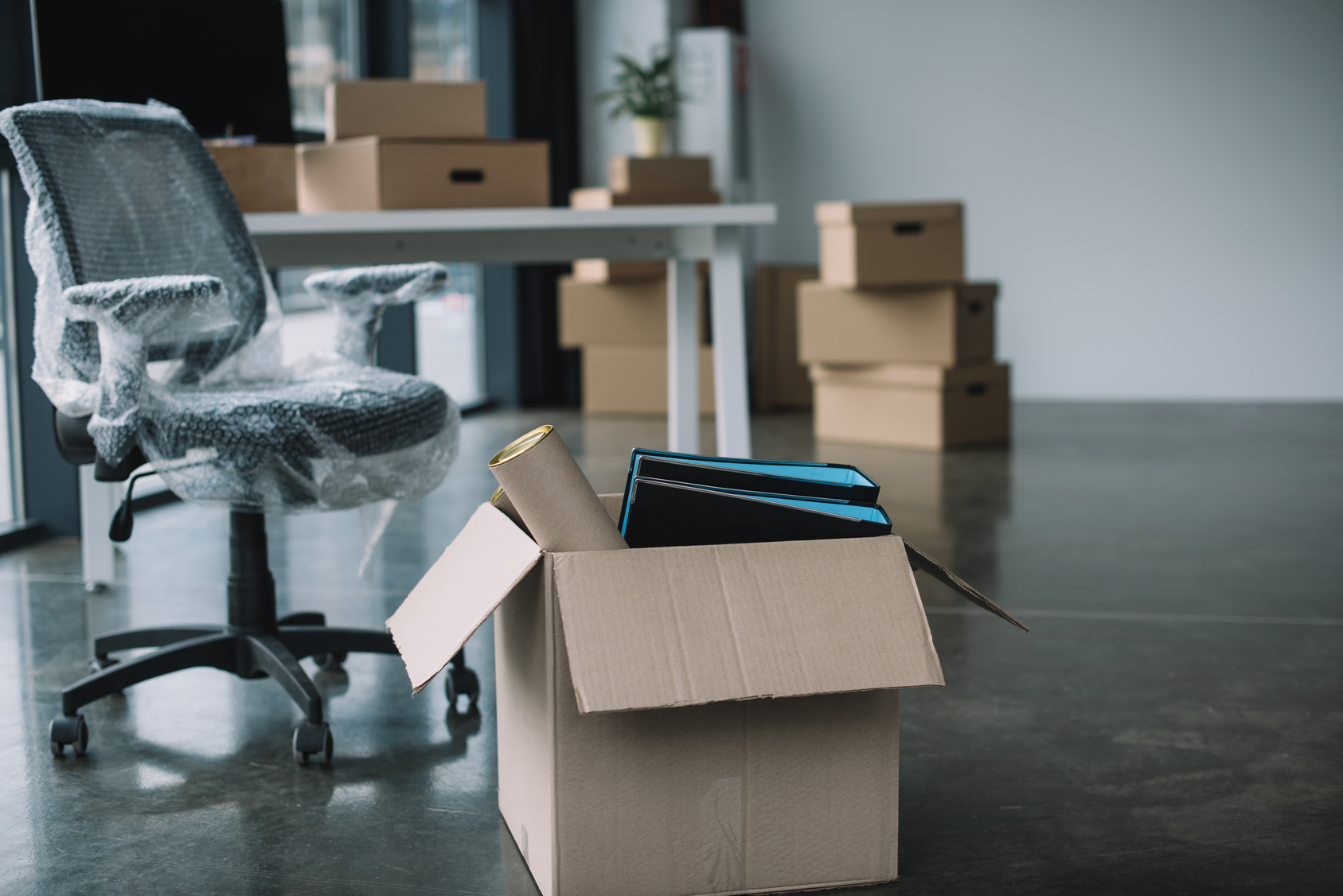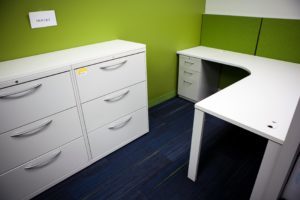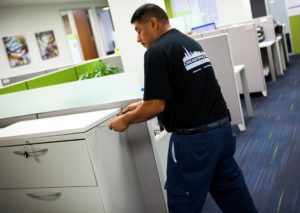
Planning an Office Move During the Holidays
Planning an Office Move During the Holidays
Written by Luis Toledo on . Posted in Corporate Relocation, Long Distance, Moving Tips, Office Moving

The holidays add joy to the wintry season. But when a corporate move is scheduled to fall around the holidays, the merriment can quickly sour, leading to stress and frustration. Business owners who plan ahead can limit the pressures of moving on the dates surrounding this festive time of year.
Allocate plenty of time to plan and organize the office move. Sufficient planning ideally starts a year ahead, especially for large corporations. Planning includes considering all variables that affect the move, from hiring a commercial mover to formulating a backup plan to addressing delays.
Check out these tips on how to plan an office move during the holidays.
1. Hire in Advance
When prospecting for a reputable commercial moving company, give the process due diligence. Hiring a rogue mover or one with less-than-stellar customer reviews can introduce problems and put a damper on the relocation process—not to mention employees’ holiday spirits.
 Evaluate bids obtained from multiple commercial moving companies. A sound business decision might weigh factors, such as price, a large or small fleet of moving trucks, equipment and whether desired services are offered. Some moving crews will pack and unpack office property, while others do not.
Evaluate bids obtained from multiple commercial moving companies. A sound business decision might weigh factors, such as price, a large or small fleet of moving trucks, equipment and whether desired services are offered. Some moving crews will pack and unpack office property, while others do not.
Office moves include shifting major equipment, such as machinery, IT servers, electronics and other high-value goods. Transporting sensitive items may require climate-controlled trucks and vehicles with air-ride suspension and lift gates. Confirm with the mover that special handling equipment is available.
2. Consider Timing
Timing is crucial when it comes to booking an office mover. The holidays are among the busiest times for movers—not because of demand but because moving personnel take time off. Procrastinating hiring a corporate mover only diminishes the chances of booking a reputable company.
Since high-quality moving company schedules fill quickly, business owners may have to adjust their timing if they are set on working with a particular mover. Additionally, consider what moving equipment will be available to shift office goods. Ideally, hire a mover early and work out the details later.
3. Factor in Delays
 A part of proper planning is to factor in the likelihood of delays. The holidays lead to many commercial movers reducing their operating hours or number of working crew members. As a result of limited availability surrounding the holidays, the office move has the chance of being delayed.
A part of proper planning is to factor in the likelihood of delays. The holidays lead to many commercial movers reducing their operating hours or number of working crew members. As a result of limited availability surrounding the holidays, the office move has the chance of being delayed.
Furthermore, utility companies may work on a different schedule during the holidays, making it critical to schedule turning on the electricity and other utilities well in advance. Storage facilities, too, may have personnel who take time off during the holidays, leading to fewer options.
Heavy holiday traffic has a high chance of causing delays. The roadways become congested as people drive to holiday gatherings or travel for vacation. Especially if moving over a holiday weekend, expect the highways to be jam-packed with motorists, resulting in potential delays.
Additional delays may be caused by the scramble of consumers to holiday sales. Shoppers swarm the roads around Thanksgiving, Christmas and New Year’s Day, leading to heavy traffic times. To avoid delays, rethink moving on the dates immediately surrounding Black Friday and Super Saturday.
Depending upon the destination, winter weather is known to be harsh during the holiday season. At worst, blizzards can cause moving trucks to break down. Ice and snow can lead to accidents on the roadways. Keep abreast of the weather conditions and implement a backup plan, if necessary.
4. Schedule a Midweek Move
Deciding upon a moving date is debatable. Scheduling an office move for a morning during mid-week is a major cost saver, since moving companies are less busy Mondays through Wednesdays. Plus, starting the move in the early morning gives the office staff time to unpack the rest of the day.
On the other hand, consider whether moving during a weekend is more optimal. Employees may be allocated a few hours on a Friday afternoon to finish up packing small desk items. A corporate move that falls on a weekend fails to disrupt the company’s workflow.
5. Organize
Evaluating the utility of office goods becomes necessary when starting to pack for an upcoming relocation. Business managers may consider donating office items that are in good condition but have little use in the new facility. A charitable spirit is welcomed, especially during the holiday season.
Donating unused office furniture and goods will reduce the weight of the goods to be moved and could affect the relocation cost. Plus, the outdated chairs and desks from the old office may no longer be a pleasing aesthetic addition to a vibrant, new space.
Start the packing process months ahead of the move date. Smart packing starts with placing items that have no immediate purpose into moving boxes. Label and number each box, going so far as to create a spreadsheet detailing the numbered boxes, for easy unpacking once in the new location.
6. Make the Announcement
Rather than sending the old-fashioned company greeting cards this holiday season, send a festive announcement of the office move. Early in the process, arrange to update all company marketing materials with the new contact details so partners, customers and suppliers are in the loop.
Work with a Trusted Office Mover
Planning an office move during the holidays runs smoother when you partner with Chicagoland’s most trusted mover, Chicago Office Movers. With a reliable team of movers and office personnel who will assist you every step of the way, our commercial moving company will meet your business’ relocation needs.
Chicago Office Movers is experienced in safely transporting all types of office goods, including heavy equipment, like HVACs, large machinery, libraries and other specialty equipment. Our comprehensive services also include storage options as well as packing and unpacking of specialty goods.
When your upcoming office move will occur during the holidays or at any other time of year, consult the Windy City’s most reputable corporate mover, Chicago Office Movers. With a track record of efficiency, a wealth of experience in the industry and trained moving crews you can rely upon, Chicago Office Movers is among the most sought-after commercial movers in the area.
Get a Free Estimate
For a free estimate on your next office move during the holidays, contact Chicago Office Movers at (312) 244-2246.
Related Services
- Corporate Moving
- Commercial Moving
- Reliable Commercial Storage
- Specialty Commercial Moving
- Furniture Assembly
- Movers for Office Renovation
- Machinery Moving
- Library Moving
- Lab Moving
- Server Room Moving
- Office Movers in Rosemont, IL
- Commercial Moving in Bolingbrook, IL
- Commercial Movers in Naperville, IL
- Commercial Movers in Des Plaines, IL
- Commercial Moving Services in Aurora, IL
- Schaumburg Office Movers
- Commercial Moving Services in Oakbrook, IL
- Commercial Movers in The North Shore
- Elk Grove Village Commercial Movers
- Furniture, Fixtures and Equipment Services
- Moving Company in Lincolnshire, IL
- Professional Movers in Downers Grove, IL
- Moving Company in Chicago, IL

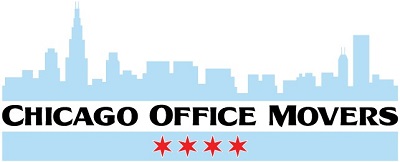





 A moving date scheduled in the temperate months of autumn or spring is ideal. Winter’s ice and snow are hazardous. The chances of moving trucks breaking down in the midst of a blizzard are higher. A delay in the relocation process will undoubtedly pose as a major stresser for management.
A moving date scheduled in the temperate months of autumn or spring is ideal. Winter’s ice and snow are hazardous. The chances of moving trucks breaking down in the midst of a blizzard are higher. A delay in the relocation process will undoubtedly pose as a major stresser for management.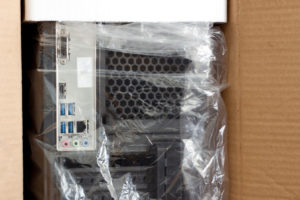 The IT department should be apprised of the move as soon as possible to construct a plan to relocate the company’s technical equipment, such as
The IT department should be apprised of the move as soon as possible to construct a plan to relocate the company’s technical equipment, such as 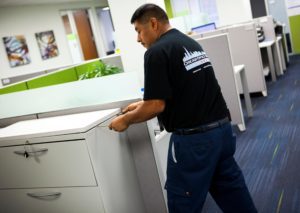 While moving crews will load up the substantial office equipment, a helpful maneuver is to instruct employees to pack up the smaller items at their desks. This is also an ideal time to discard dead weight, such as outdated files, paperwork, and dilapidated office furniture.
While moving crews will load up the substantial office equipment, a helpful maneuver is to instruct employees to pack up the smaller items at their desks. This is also an ideal time to discard dead weight, such as outdated files, paperwork, and dilapidated office furniture.


